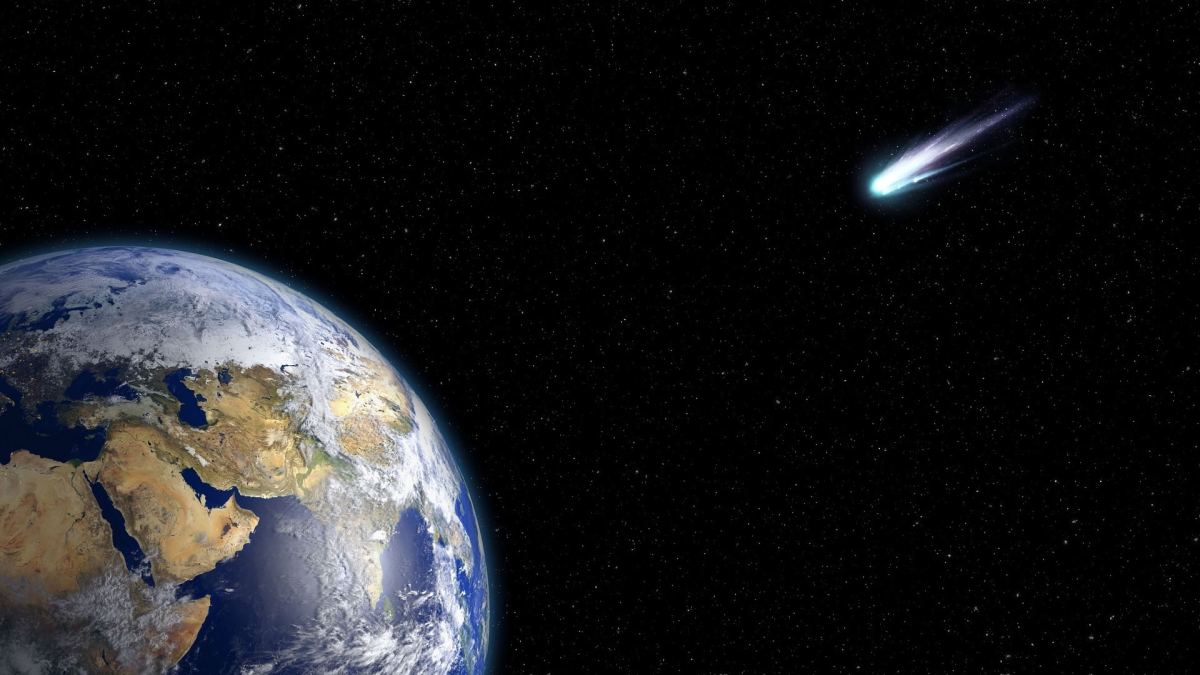Astronomers have confirmed the existence of exoplanets with extremely small orbits around their stars. But what about exoplanets that get close enough to be devoured by their star, and what if it’s an Earth-sized exoplanet? This is what a recent study accepted to AAS Journals hopes to address as an international team of more than 50 researchers investigated an Earth-sized exoplanet with an orbital period of only 5.7 hours, known as “ultra-short-period” (USP) exoplanets, that could eventually experience what’s known as tidal disruption, resulting in its devourment by its star. This study holds the potential to help researchers better understand the processes responsible for this, along with continuing to challenge our understanding of exoplanetary architectures, as well.
Continue reading “Good Thing We Found this Earth-Sized Planet Now. It’s About to Be Destroyed”One in Ten Stars Ate a Jupiter (Or Bigger)

In space, cataclysmic events happen to stars all the time. Some explode as supernovae, some get torn apart by black holes, and some suffer other fates. But when it comes to planets, stars turn the tables. Then it’s the stars who get to inflict destruction.
Expanding red giant stars consume and destroy planets that get too close, and a new study takes a deeper look at the process of stellar engulfment.
Continue reading “One in Ten Stars Ate a Jupiter (Or Bigger)”Did a Comet Wipe out the Dinosaurs?
About 66 million years ago a massive chunk of rock slammed into Earth in what is the modern-day Yucatan Peninsula. The impact extinguished about 75% of all life on Earth. Most famously, it was the event that wiped out the dinosaurs.
While mainstream scientific thought has pointed to an asteroid as the impactor, a new research letter says it could’ve, in fact, been a comet.
Continue reading “Did a Comet Wipe out the Dinosaurs?”Astronomers Finally Think They Understand Where Interstellar Object Oumuamua Came From and How it Formed

‘Oumuamua caused quite a stir when it visited our Solar System in 2017. It didn’t stay long, however, and when it was spotted with the Pan-STARRS telescope in Hawaii on October 19th, it was already leaving. But its appearance in our part of the Universe spawned a lot of conjecture on its nature and its origins.
Continue reading “Astronomers Finally Think They Understand Where Interstellar Object Oumuamua Came From and How it Formed”

